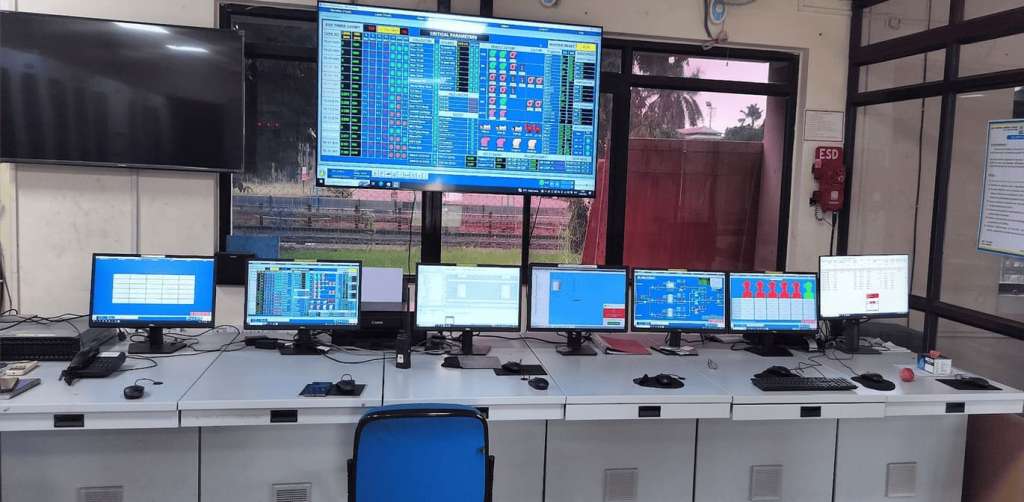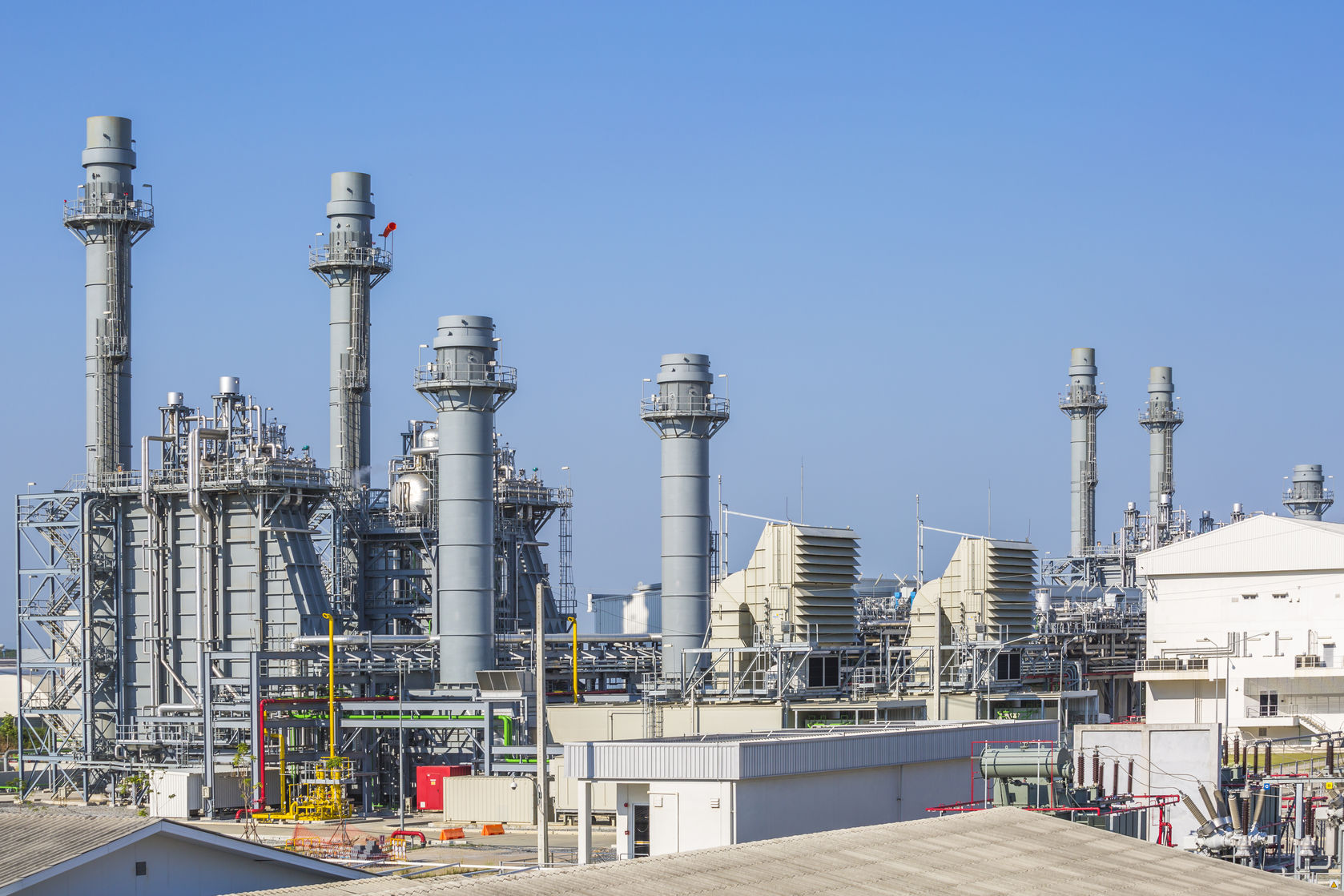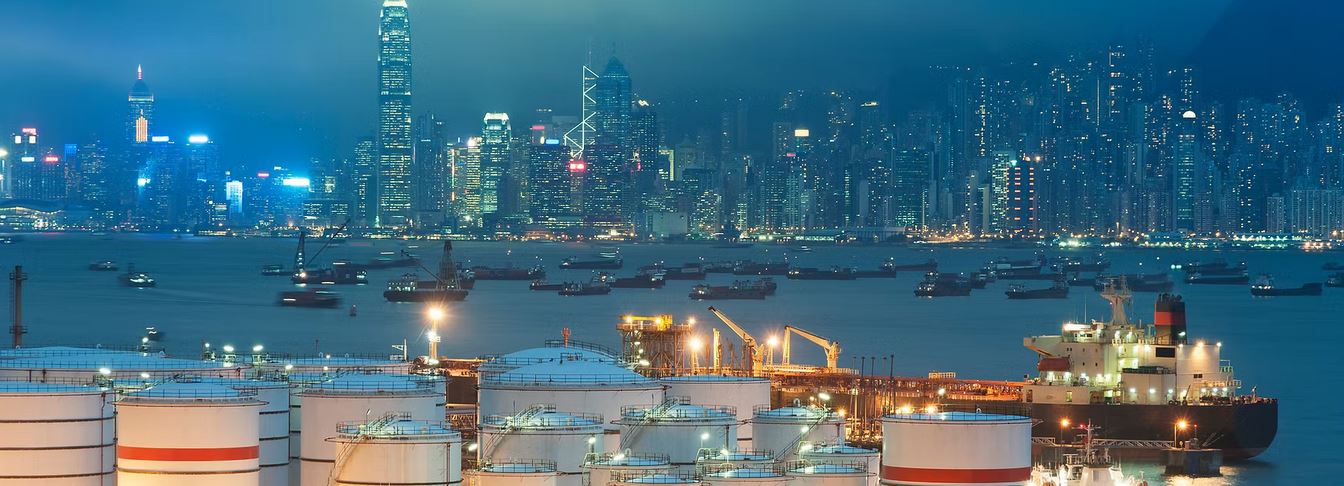At Connect Trans BV, we understand that the efficiency, safety, and compliance of terminal operations are paramount in the oil and gas industry. Our Terminal Automation & Control services are designed to streamline and optimize the entire terminal operation process, from product receipt to dispatch, ensuring seamless integration, real-time monitoring, and enhanced operational performance.
🔹 Key Components of Terminal Automation & Control
Automated Tank Farm Management
Our advanced automation systems facilitate:
- Tank Gauging and Monitoring: Real-time measurement of product levels, temperatures, and pressures.
- Inventory Management: Automated tracking of product quantities and movements.
- Product Blending and Additive Injection: Precise control over blending ratios and additive dosages.
- Inter-Tank Transfers: Efficient management of product transfers between tanks.
Loading and Unloading Automation
We offer:
- Truck and Railcar Loading: Automated control of loading arms and metering systems.
- Vessel Loading: Integration with ship loading systems for seamless operations.
- Preset Controllers: Ensuring accurate and safe loading quantities.
- Real-Time Monitoring: Continuous oversight of loading processes to prevent errors and ensure safety.
Process Control and Safety Systems
Our systems include:
Safety Interlocks: Ensuring safe operation by preventing unsafe actions.
SCADA Integration: Centralized control and monitoring of all terminal operations.
Alarm Management: Real-time alerts for abnormal conditions.
Emergency Shutdown Systems: Automated response to critical situations.

Most of the current delays for ocean freight aren’t happening on the ocean—the yard service at ports has been congested, and consequently, ocean lines have been sailing slower so they don’t have to wait at port as long.

With Connect Trans BV anything can be shipped by ocean, three factors—size, expense and speed—tend to determine what must be shipped by this method. Here are some common goods we shipp by ocean:
- Container cargo—anything from toys and clothing to furniture and electronics.
- Liquid bulk items, including fuel and crude oil.
- Break bulk—goods shipped in crates, bags, boxes, drums or barrels without the use of a container.
- Dry bulk and raw materials.
- Roll on/roll off goods, including machinery and vehicles.


